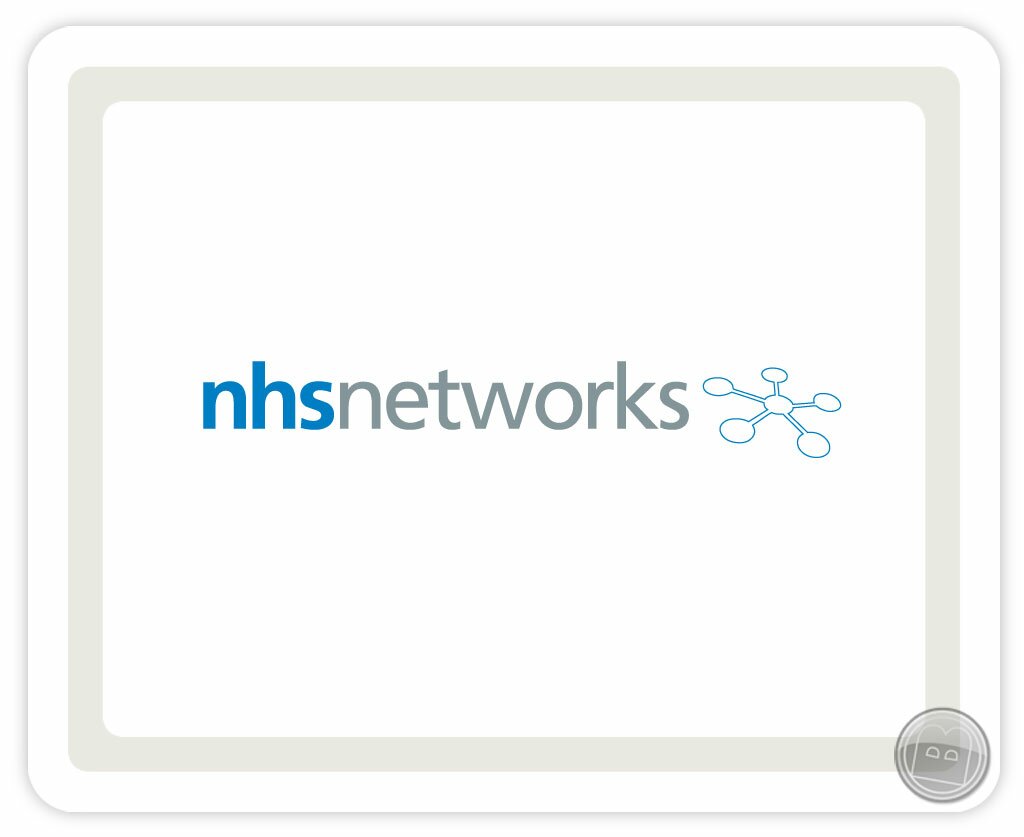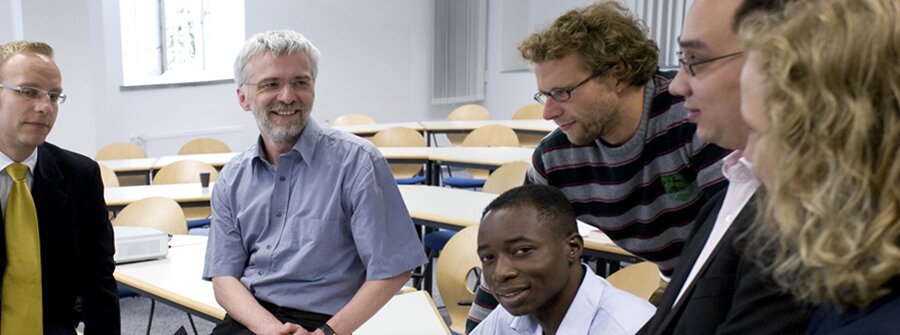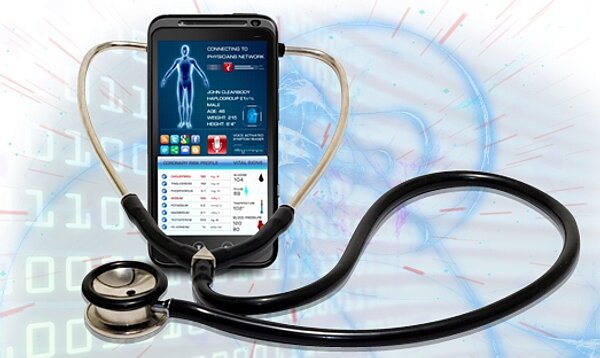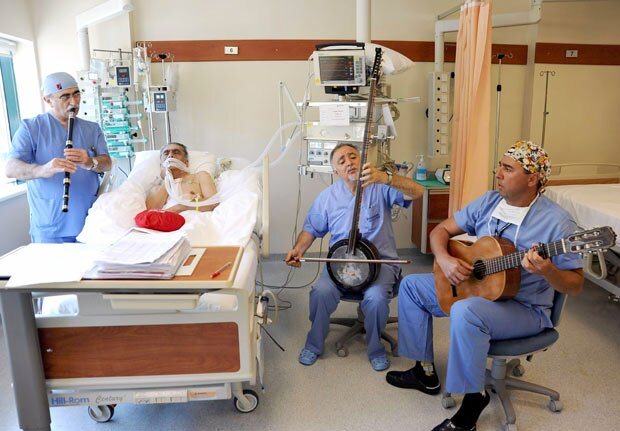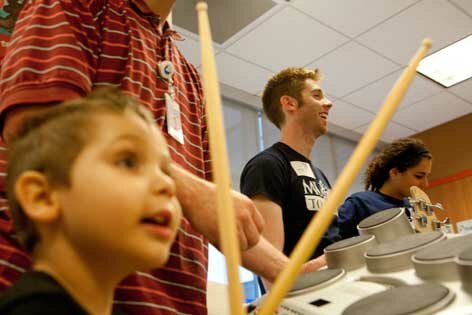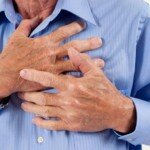Building Better Healthcare (Part 2) by Chris Stout
The debate is up to you
The Linkedin influencer Dr. Chris Stout is a regular writer in the social media, especially on Linkedin (He has over 33,000 followers) . He is now sharing his point -of-view on building a better healthcare.
Read the article here and don’t forget to like it, share it and whatever you can do with it on your social media platform.
“I enjoyed reading the comments from part one of this mini-series about technology and medicine, “Is Technology the Cure for Medicine’s Ills?” Of particular interest was how a couple of readers felt that technology was dehumanizing medical care. I suppose I think that the dehumanization experience is more a function of time-deprivation in the 1:1 time spent with a healthcare provider rather than a gizmo getting in the way. Furthermore, I think that economics is what drives this diminished yet coveted (for both patient and provider) time. The economics is that of diminishing insurance reimbursement for services provided or the high daily volume in clinics that are providing pro bono care.
(Of course, some providers likely do focus more on the device than the patient, but I suspect those would be the same ones pouring through a paper chart in bygone years. In the defense of both, I suspect it is done in service to wanting to be aware of facts the patient has already reported or test results that inform the exam-room/office interaction, not a lack of caring or poor quality care.)
The technologies that I was referring to I believe will free-up time to allow for more 1:1, eye-to-eye, meaningful clinical conversations and relationships between provider and patient. That being said, the irony is not lost on me that a lot of people want mobile access to virtual healthcare which, of course, is not in-person. The impact such tech will have on the relationship will be interesting to monitor.
But I digress…
The US System Was Not All That Great to Begin With
I wrote in a prior post that the Institute of Medicine ranked the US healthcare system as last or near last in many of the areas they evaluate compared to 17 other countries. In aBloomberg ranking of countries vis-à-vis most efficient healthcare, we were 44, far behind Libya, and just two above Iran.
If it is possible that economics (as well as technology [part 1] and scientific advances [part3]) play a causal role in the way healthcare works (or doesn’t), then perhaps we need to take a step back and look at the healthcare reform bill known as the Patient Protection and Affordable Care Act (PPACA). It seems hard to believe that President Obama signed it into law almost five years ago.

So How We Doin’ Now…?
Well, it does seem that there were/are a number of constitutional challenges which always makes things more interesting and bumpy. Additional problems were with thewebsite which didn’t help. But to be fair, websites have bugs, and as über-wonk, Joe Paduda noted: “The legislation that was eventually passed originated in the House, and it was only passed ‘as is’ because Scott Brown won the Massachusetts Senate election and his seating forced passage of the House bill by the Senate. (Brown’s election gave the GOP 41 seats, allowing for a filibuster.)” So goes the sausage production and result of a bill into becoming a law.
But back to what the impact of the PPACA may be. Note that my tentative tone is a result of statistics as we may never really know what causes what in complex systems, but here’s what we think we know thus far:
The Wall Street Journal reported that medical-price inflation is at slowest pace in 50 years. But, this could be the result of cost-shifting rather than cost-diminution. TheJournal says “The recent slowdown in medical inflation is partly the result of less-generous health plans forcing patients to pay more attention to prices…”
I’d say that an increase in improving systems (like the addition of checklists) andtechnology have played a starring role in the reduction of medical errors andconcomitant cost savings.
For some reason, for years, economists complained that healthcare costs were out of control as evidenced by a high or growing part of the Gross Domestic Product being attributable to such expenses. I once heard Dean Kamen opine on this to the relative effect of going to Europe and spending a lot for fuel, or Japan and seeing how expensive a steak is, then your percentage of spend devoted to healthcare will be lower than that of the US. In other words, it’s the math relative to the expense of other things that makes the difference.
Comparatively, he notes: “The reason 100 years ago everyone could afford their healthcare is because healthcare was a doctor giving you some elixir and telling you you’ll be fine. And if it was a cold you would be fine. And if it turns out it was consumption or tuberculosis or lung cancer—you could still sit there. He’d give you some sympathy, and you’d die. Either way, it was pretty cheap.” More recently Kamen noted that in 2012, we spent $260 billion on pharmaceuticals in the US. “That means all those vaccinations to prevent diseases, all those pills to treat diseases, all those pills to cure them so we don’t have to treat them anymore. That’s certainly way up from what it was in the early days…”
Accountable care in Medicare is showing promise. For example, Medicare Advantage members in Humana’s accountable care programs in 2013 were just found to have hadbetter health outcomes and lower costs than members in traditional, fee-for-service settings.
But, there are now new worries. For example, narrow networks have sparked concern among consumers, plan sponsors and policy makers who worry that they will unduly limit patient care and lead to increased patient use of out-of-network providers with higher out-of-pocket costs.
It seems that healthcare will be a relentless economic, political, social, and ethical challenge with which we all deal with in one way or another. Personally, I’m looking forward to Part 3 in this mini-series, so I can get back to talking about technology!
# # #
If you’d like to learn more or connect, please do at http://DrChrisStout.com. You can follow him on LinkedIn, or find his Tweets as well.
If you liked this article, you may also like:
Is Technology the Cure Medicine’s Ills? (Part 1)
Big Idea 2015: Next Year’s Medical Innovation Is Already Here
Access to Healthcare is a US Problem, Too
Pin It










 Follow Us on Twitter
Follow Us on Twitter Be Our Fan on Facebook
Be Our Fan on Facebook






